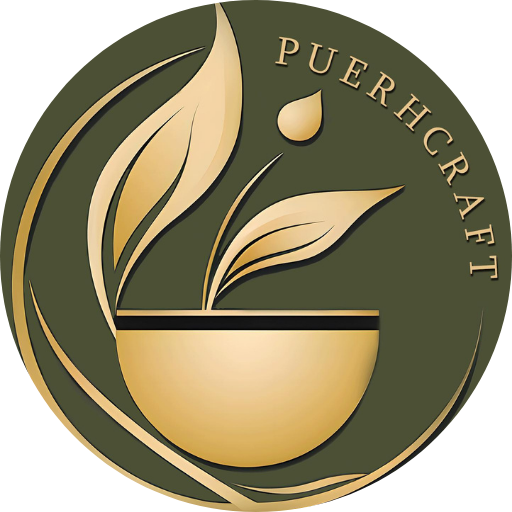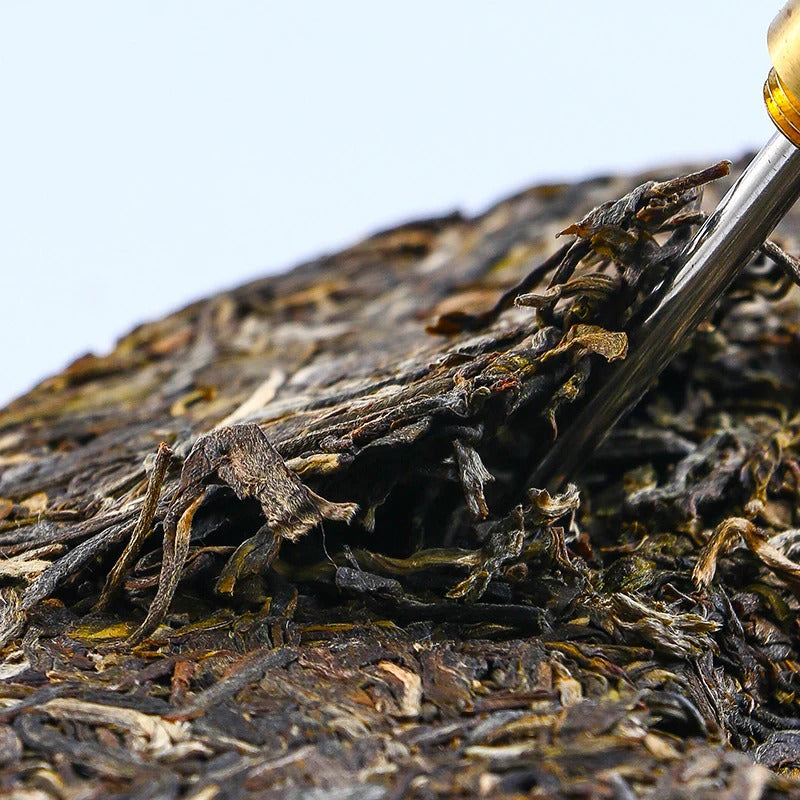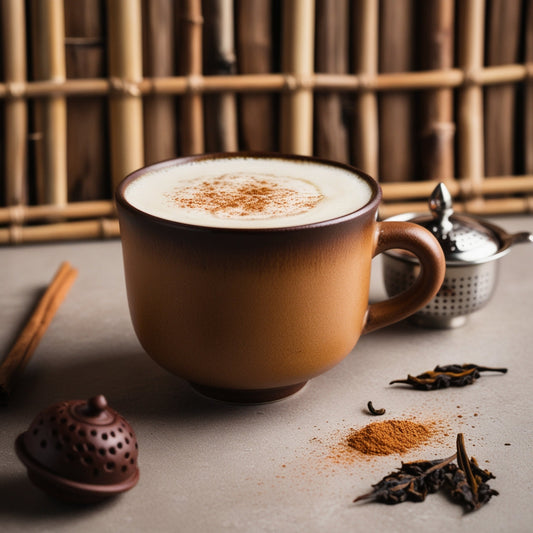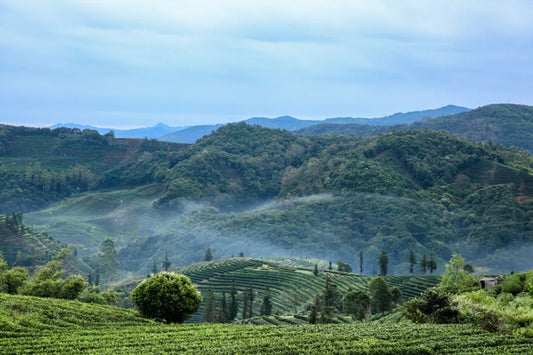How to Recognize True Tea Quality
When you look at a bag of premium tea, what do you see? For most people new to loose leaf, the answer might be, “I’m not sure what I should see.”
But here’s the secret: before you ever take a sip, the signs of a truly high-quality tea are already right in front of you—and in the air around you. From the shape and color of the leaves to the aroma that rises when you open the pouch, your eyes and nose are powerful tools for judging excellence.
At Puerh Craft, we believe premium tea should look and smell just as good as it tastes. This guide will help you understand what makes a tea visually and aromatically exceptional—and how to spot it right away.
No Fannings, No Dust – Just Whole Leaves That Tell a Story
Most commercial teas, especially those found in grocery store tea bags, contain something called fannings or dust. These are tiny fragments—basically the leftover scraps of tea leaves after the good stuff has been taken out. They're fast to brew, yes, but they’re also flat, bitter, and one-dimensional in flavor.
Why does this matter?
Because once tea leaves are broken or crushed, they lose their essential oils, which hold most of the aroma and taste. What you're left with is a dull brew that lacks character—and often turns stale quickly.
In contrast, whole leaf tea is exactly what it sounds like. You can see the structure of the leaves: the curve of the stem, the twist of the leaf, even the bud tips in many high-grade teas. These aren’t just pretty to look at—they’re packed with flavor, aroma, and complexity.
At Puerh Craft, we never carry fannings or dusty blends. Every tea in our collection is made from whole, carefully selected leaves—no shortcuts, no compromises.
Whole Leaves: Integrity You Can See and Taste
When you're holding premium tea in your hands, it should look alive. The leaves might be rolled, twisted, or flat depending on the style, but one thing they should never be is smashed into bits.
Look for:
- Uniform shape – Leaves that are similar in size and appearance, not a random mess of particles.
- Visible structure – You should be able to spot the whole leaf or bud.
- Minimal breakage – A few small chips are okay, but a pile of crumbs is not.
This isn’t just about appearances. Whole leaves brew more evenly, release their flavors slowly, and can often be steeped multiple times—especially in traditional Chinese teas like pu-erh. They hold onto their essential oils, which give the tea its aroma and taste.
For example, a twisted oolong from the Wuyi Mountains will have long, dark leaves with a charcoal sheen. A green tea like Long Jing (Dragonwell) will be flat, blade-like, and vibrant green. And a good sheng pu-erh? You’ll see a mix of silvery buds and larger, mature leaves—each with a specific role in the flavor journey.
These are the kinds of details that tell you: this tea has been handled with care.
Consistent Color & Shape: A Sign of Masterful Processing
Let’s talk about color. It might sound simple, but color consistency is one of the most underrated signs of tea quality.
Why?
Because during processing—whether it’s withering, rolling, oxidizing, or drying—any mistakes show up in the final leaf. If the temperature was too high, leaves might burn. If they were under-oxidized, the flavor will fall flat.
A well-made tea has:
- Even color across all leaves
- No blackened tips or blotchy patches
- A uniform appearance, not random bits of green, brown, and yellow
Take a look at a good Chinese black tea, like Jin Jun Mei. The dry leaves should have golden tips and dark twists in a consistent pattern. That harmony of shape and color tells you the tea was harvested at the right time and processed with skill.
At Puerh Craft, we visually inspect every batch before it even makes it to our catalog. If a tea doesn’t meet our visual quality benchmarks—uniformity, integrity, and vibrancy—it doesn’t get listed.
Discover the Difference with Puerh Craft
If you've only ever tried grocery store tea, you might be shocked at how much better true whole-leaf tea can be. The flavors are richer, the aromas more complex, and the brewing experience becomes something meditative, not mechanical.
Browse our collection at PuerhCraft and experience what premium quality really looks (and smells) like. Each tea is chosen not just for taste, but for its visual and aromatic brilliance.







